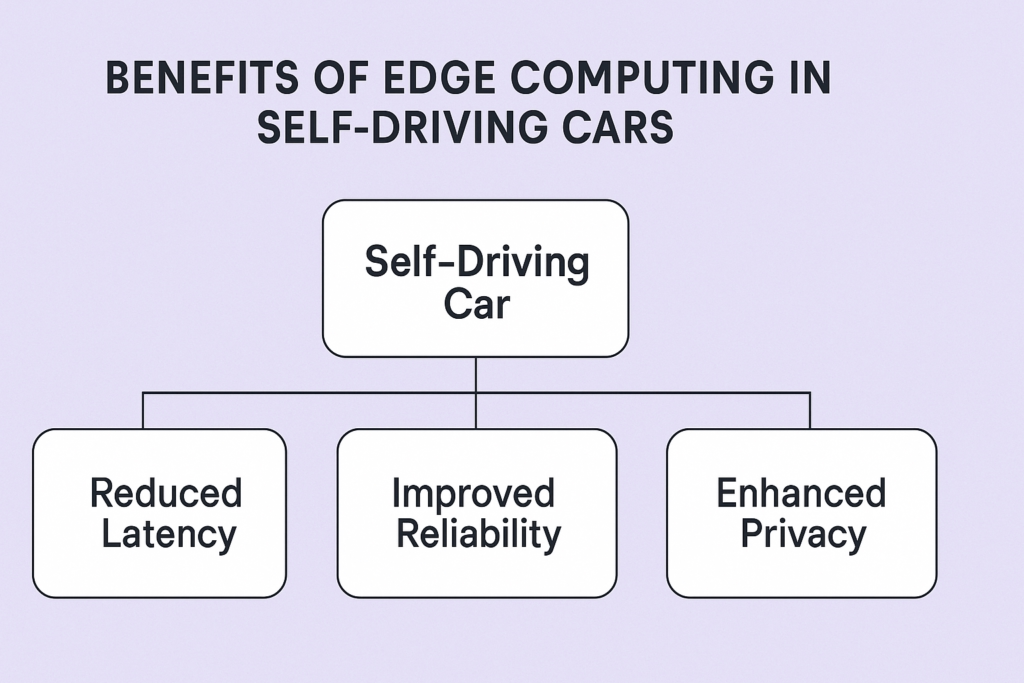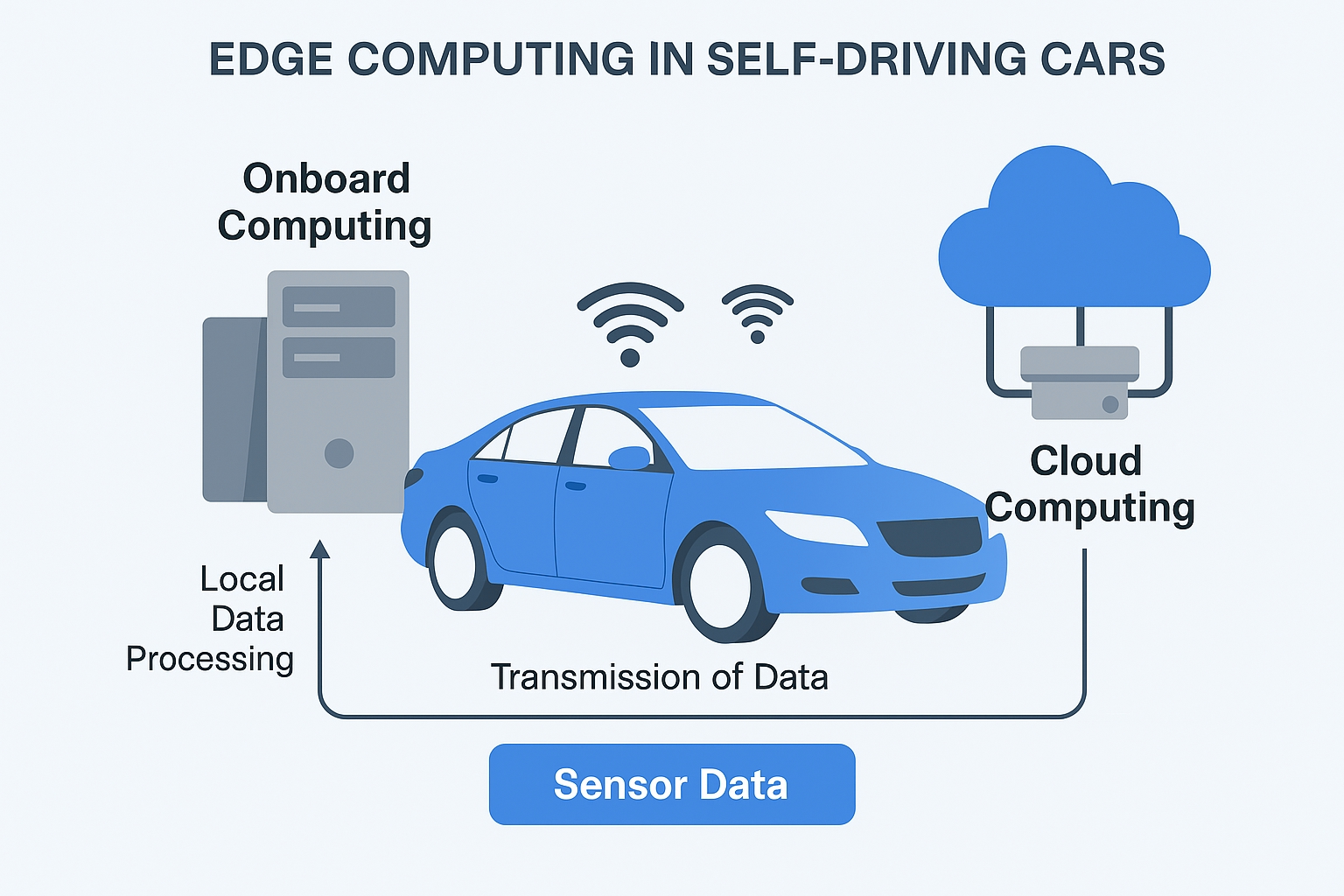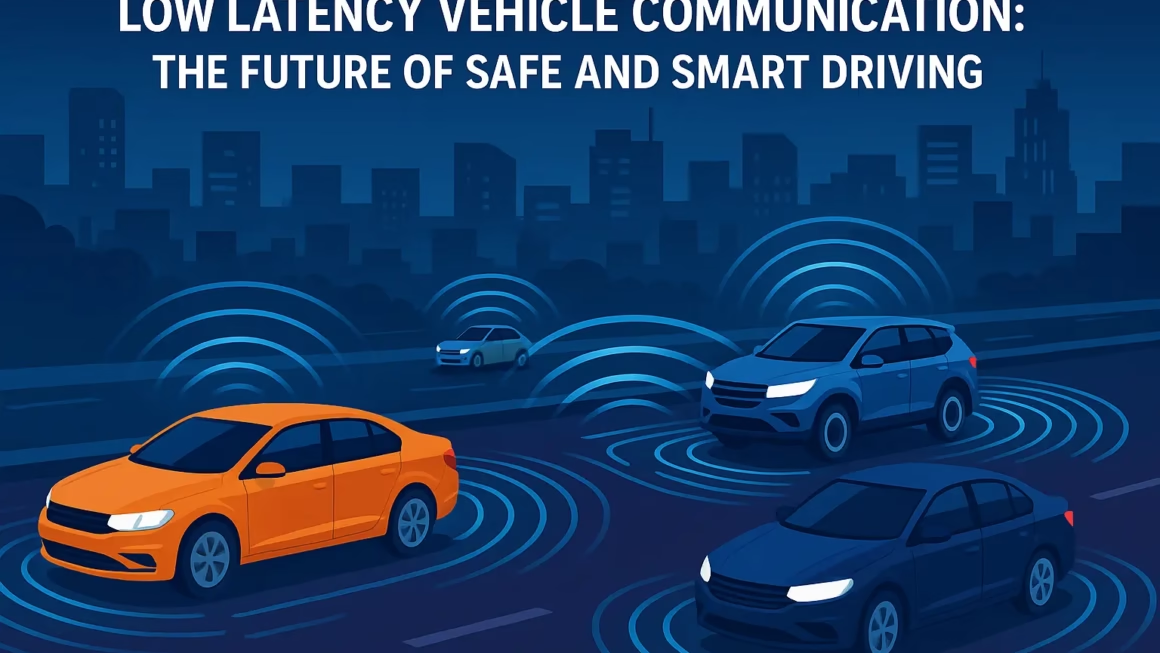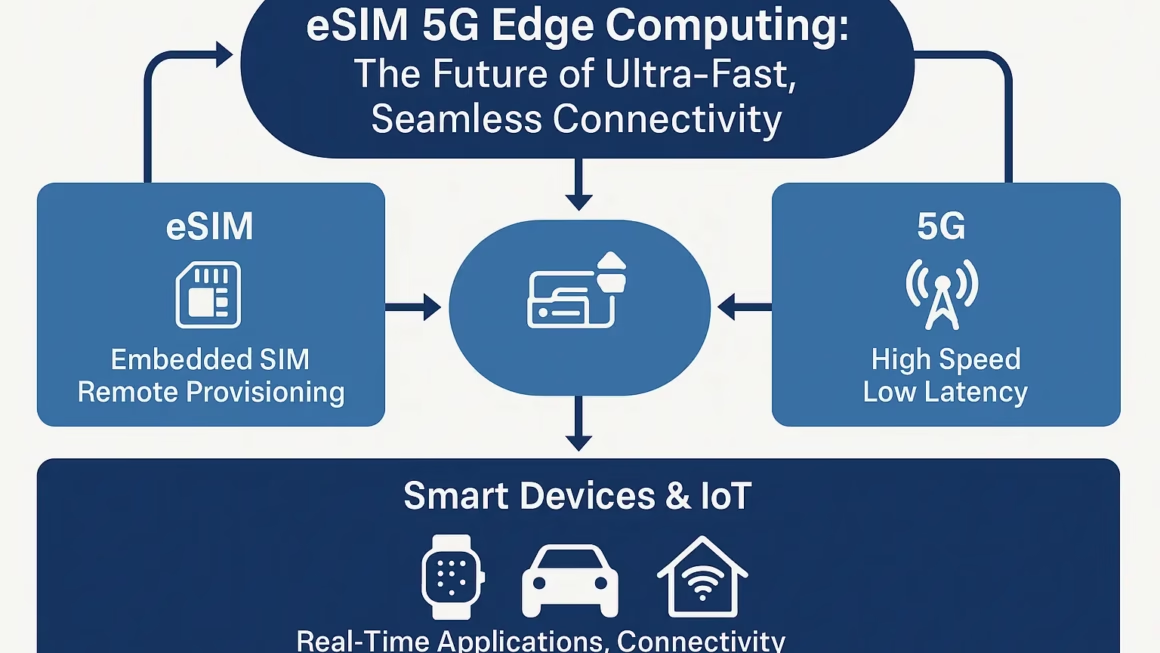Edge Computing in Self-Driving Cars
The future of autonomous vehicles depends on real-time data processing, low latency, and ultra-reliable communication systems. Edge computing’s role in the future of self-driving cars is central to meeting these technical demands. By decentralizing computational resources and moving them closer to the vehicle, edge computing enables fast decision-making and enhances safety, performance, and scalability in self-driving systems.
Autonomous driving involves processing vast amounts of sensor data from cameras, LiDAR, radar, and GPS. Traditional cloud-based processing introduces latency and bandwidth limitations that are unsuitable for real-time navigation. Edge computing fills this gap by allowing on-the-spot data processing within the car or its immediate network, making it an indispensable part of the self-driving ecosystem.
As we progress toward fully autonomous transportation, understanding how edge computing integrates with vehicle systems, AI and IoT infrastructures is critical for OEMs, developers, and policymakers alike. Let’s explore this transformative technology in depth.
Edge Computing vs Cloud Computing in Autonomous Vehicles
While cloud computing has long been a staple in connected vehicle ecosystems, its centralized nature can’t always meet the demands of autonomous driving. Cloud systems rely on sending data to remote servers for processing, which introduces latency and poses risks in dynamic road environments where milliseconds matter.
Edge computing, on the other hand, pushes computation closer to the data source. In self-driving cars, this means deploying micro data centers or processors onboard the vehicle or at nearby infrastructure nodes (e.g., roadside units). This localized processing ensures quicker data handling, real-time decision-making, and reduced dependency on constant cloud connectivity.
Benefits of Edge Computing in Self-Driving Cars

1. Real-Time Decision Making
Self-driving cars must interpret their environment and make decisions within milliseconds. Edge computing supports this by enabling immediate processing of data streams from sensors, avoiding round trips to the cloud. This is essential for tasks like obstacle avoidance, emergency braking, and dynamic path planning.
2. Reduced Latency and Increased Safety
Edge computing minimizes transmission delays. For example, a sudden pedestrian crossing can be detected, processed, and acted upon directly on the edge device, improving safety outcomes. Lower latency translates to higher confidence in control systems, crucial for Level 4 and Level 5 autonomy.
3. Lower Bandwidth Usage
Autonomous vehicles generate terabytes of data daily. Sending all of it to the cloud is inefficient and costly. By processing the majority of data locally, only critical updates or insights need to be transmitted to the cloud, optimizing bandwidth and reducing operational costs.
Key Applications of Edge Computing in Autonomous Vehicles
1. Sensor Fusion and Perception
Edge processors are used to integrate data from multiple sensors—LiDAR, cameras, radar—into a unified perception map. By handling fusion at the edge, vehicles can gain an accurate and up-to-date view of their surroundings without cloud latency.
2. V2X Communication Support
Vehicle-to-Everything (V2X) systems rely on real-time data exchange between cars, infrastructure, and pedestrians. Edge computing supports V2X by managing and routing messages at local nodes, enhancing coordination and safety without overloading central servers.
3. AI Inference at the Edge
AI models for object detection, lane tracking, and behavioral prediction are increasingly being deployed on edge processors inside vehicles. Specialized hardware like NVIDIA’s Drive AGX or Qualcomm’s Snapdragon Ride enables real-time AI inference with minimal energy consumption.
How Edge Computing Enhances Autonomous Vehicle Architecture

1. Decentralized Control Systems
In a fully edge-enabled vehicle, critical control loops (braking, steering, acceleration) are managed by local ECUs (Electronic Control Units) equipped with edge intelligence. This architecture ensures robustness and independence from unreliable or unavailable network connections.
2. Integration with SDVs (Software Defined Vehicles)
Software-defined vehicles rely on modular, updatable software stacks. Edge computing facilitates OTA (Over-The-Air) updates, real-time telemetry, and remote diagnostics. This enhances vehicle adaptability and prolongs lifecycle efficiency.
3. Redundancy and Fail-Safe Mechanisms
Edge computing allows vehicles to host backup AI models or safety logic locally. If primary systems fail or go offline, edge-based fallback systems ensure continued safe operation, improving the overall resilience of autonomous driving technology.
Challenges of Implementing Edge Computing in Self-Driving Cars
1. Hardware Limitations and Cost
Edge processors need to be compact, heat-efficient, and capable of high-speed AI processing. Designing such hardware is complex and expensive, which can slow down large-scale adoption, especially for budget-sensitive OEMs and fleet operators.
2. Security and Privacy
Local data processing reduces cloud exposure but also opens new attack vectors. Edge devices must be fortified against hacking, data spoofing, and tampering to ensure vehicle and passenger safety. Strong encryption and secure boot mechanisms are essential.
3. Standardization and Interoperability
There is no universal standard for how edge devices communicate within autonomous vehicle ecosystems. Interoperability between vendors, protocols, and platforms is crucial for consistent performance across different geographies and manufacturers.
Edge Computing and the Road to Full Autonomy
1. Level 4 & Level 5 Dependence
Edge computing is vital for reaching Level 4 (high automation) and Level 5 (full automation) autonomy. These levels require the vehicle to handle all driving tasks without human input, necessitating zero-latency computation and decision-making that edge systems provide.
2. Scalability Across Smart Cities
As cities modernize their infrastructure with roadside edge nodes, self-driving cars will be able to share and receive data with traffic lights, pedestrian crossings, and emergency vehicles. This ecosystem improves urban mobility and reduces congestion.
3. Collaboration with 5G and AI
Edge computing doesn’t work in isolation. Its potential is fully realized when combined with 5G for ultra-fast connectivity and AI for decision logic. The trio of 5G, AI, and Edge forms the backbone of smart mobility in the 21st century.
The Future of Edge Computing in Autonomous Mobility
1. Next-Gen Edge Hardware
Chipmakers like Intel, NVIDIA, and ARM are developing edge processors optimized for AVs with low power consumption, high AI throughput, and extended durability. These devices will become the new standard for in-vehicle computing.
2. Edge-Orchestrated Fleets
Fleet operators will use centralized edge management platforms to coordinate vehicle software, optimize routes, and monitor performance across thousands of self-driving units. This allows for agile operations with minimal human intervention.[YOUTUBE]
3. Regulatory Integration
Governments and transport authorities are beginning to adopt policies that support edge-based vehicle architectures. This includes allowing edge-enabled V2X devices on public roads and defining safety standards that include edge computing capabilities.
Conclusion
Edge computing’s role in the future of self-driving cars is both foundational and transformative. As vehicles become more autonomous, the need for real-time, localized data processing grows. Edge computing provides the speed, intelligence, and reliability required to navigate the complexities of autonomous mobility.
From enabling split-second decisions to facilitating smart city integration, edge computing is not just a technology trend—it’s a necessity. As we edge closer to fully autonomous transportation, this technology will sit at the core of innovation, safety, and performance for generations to come.



